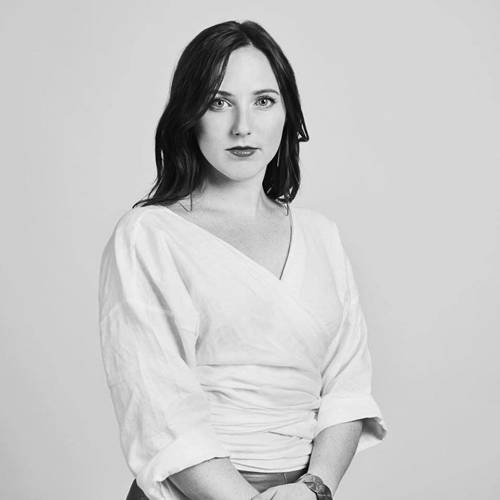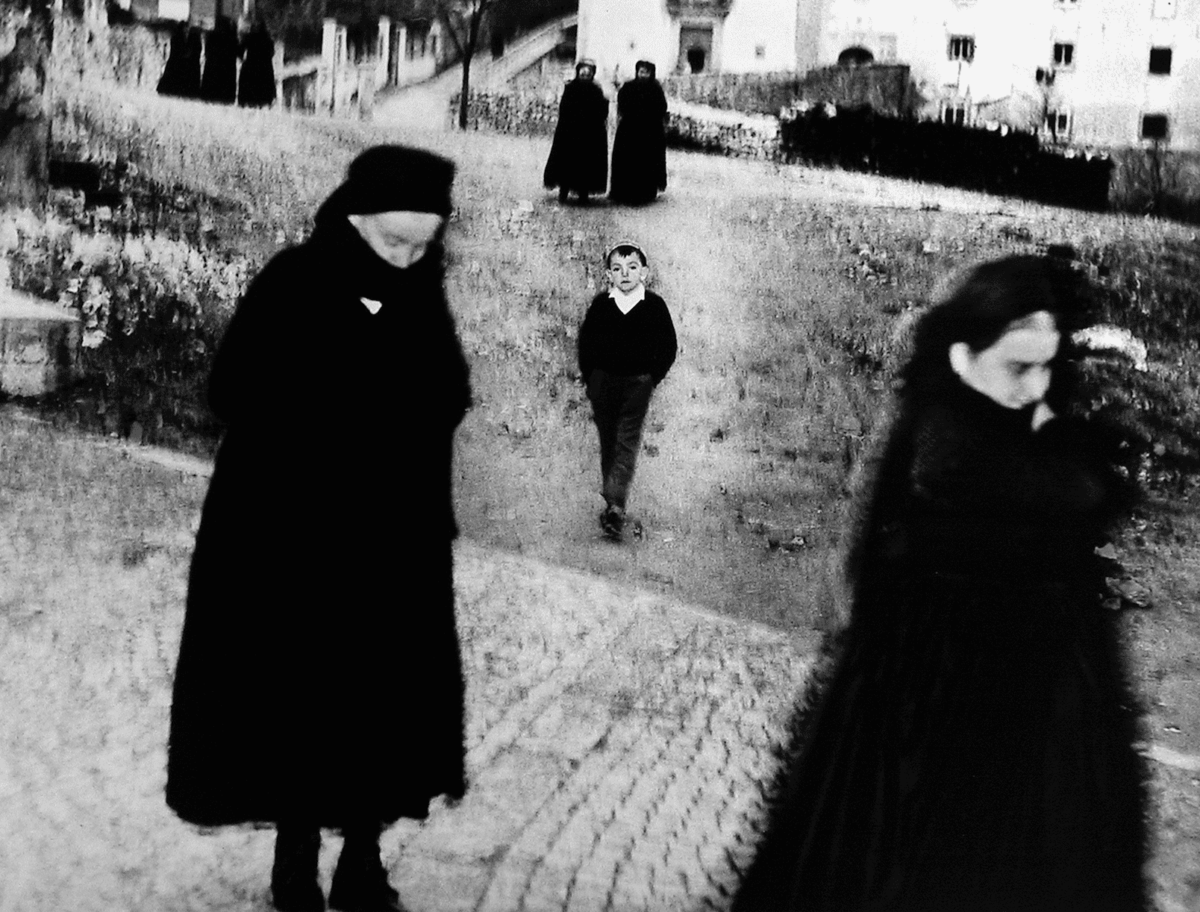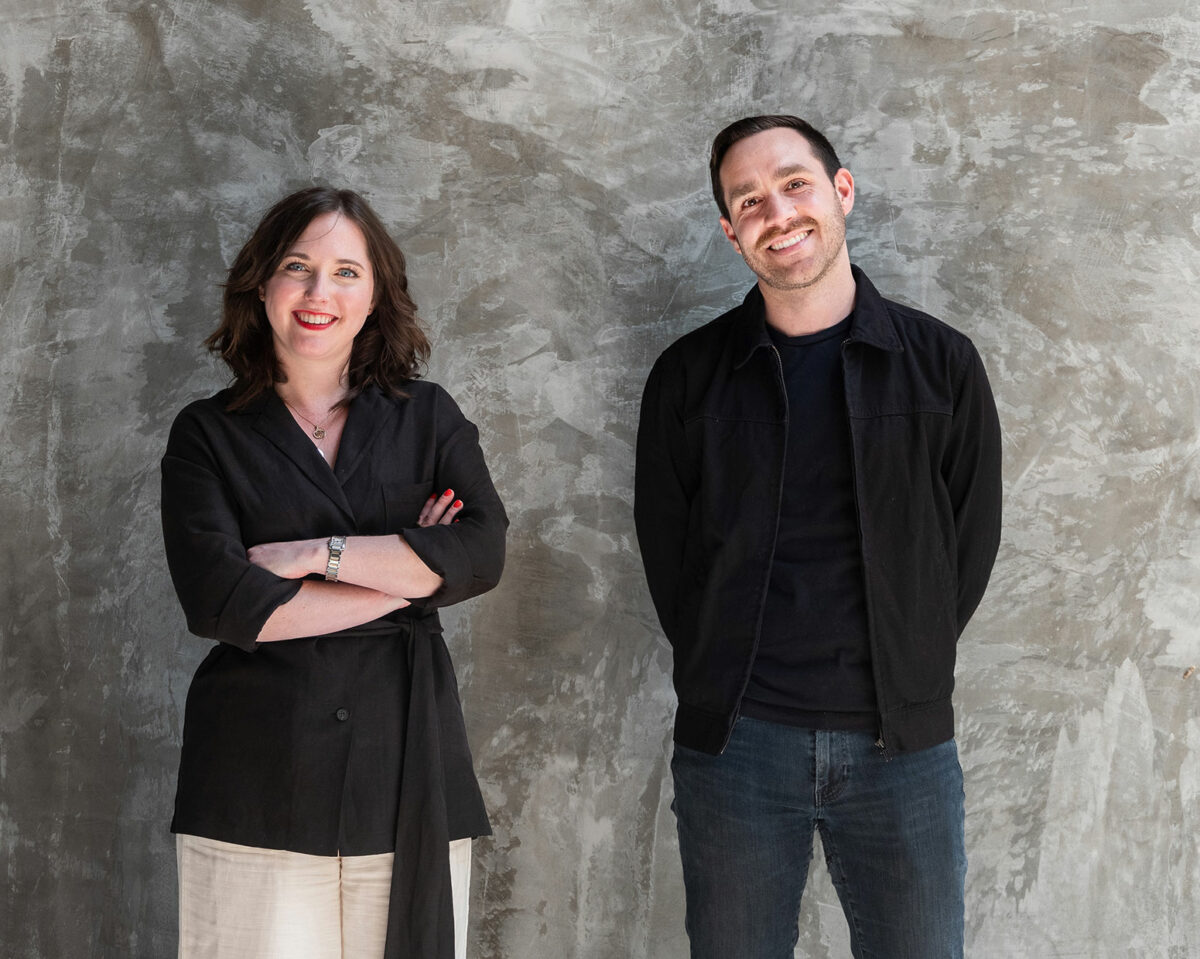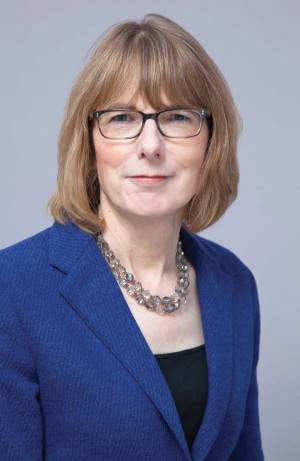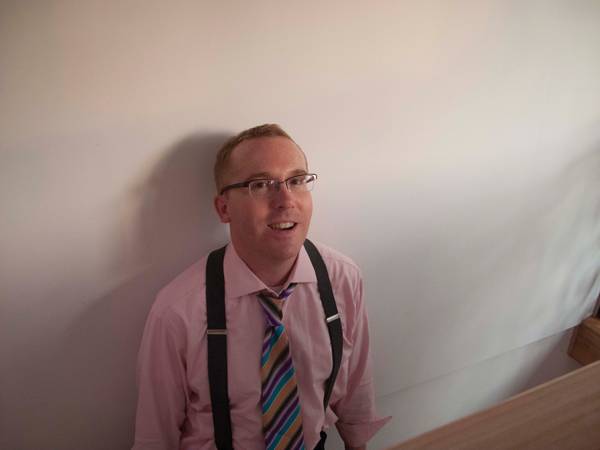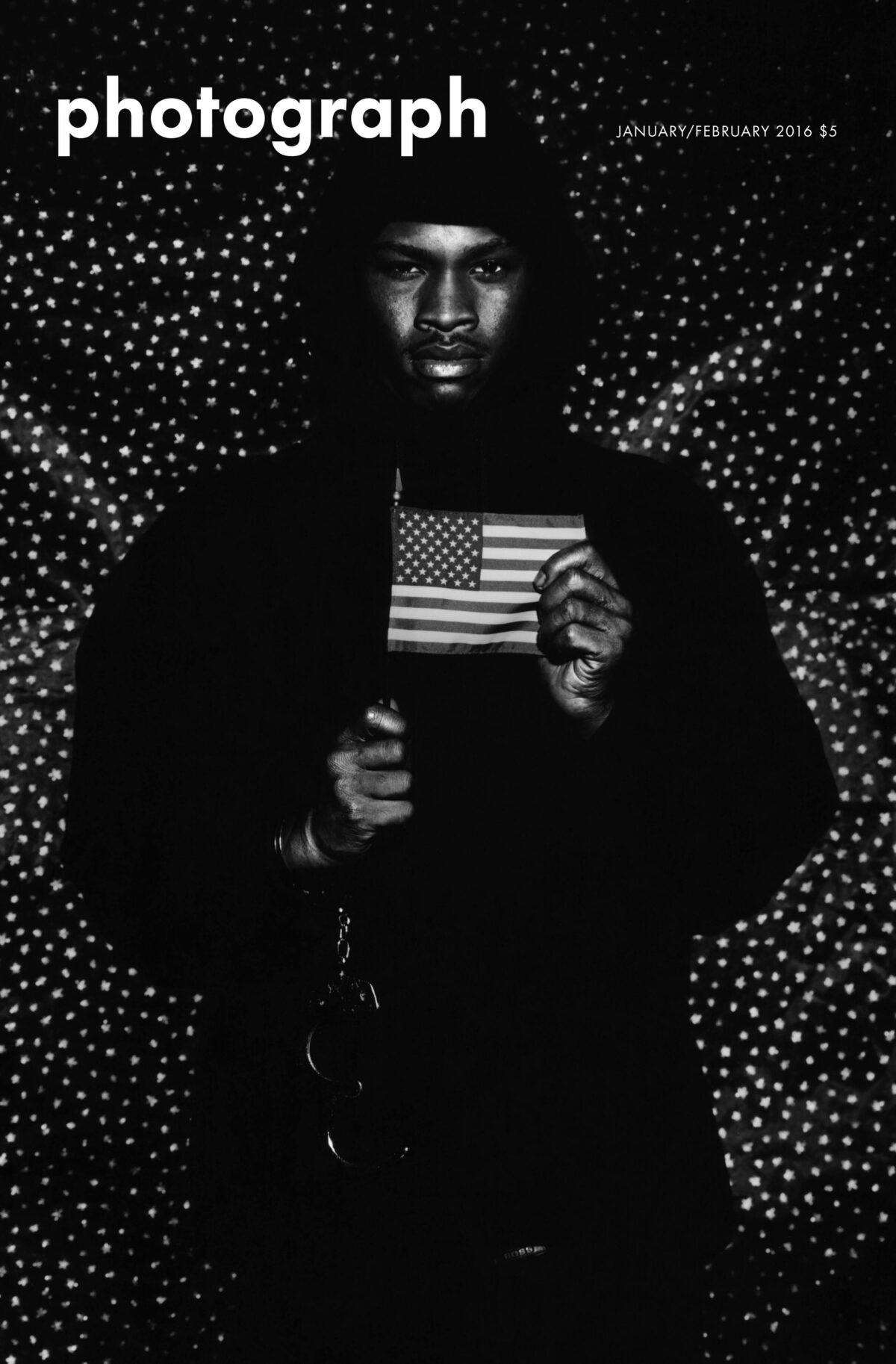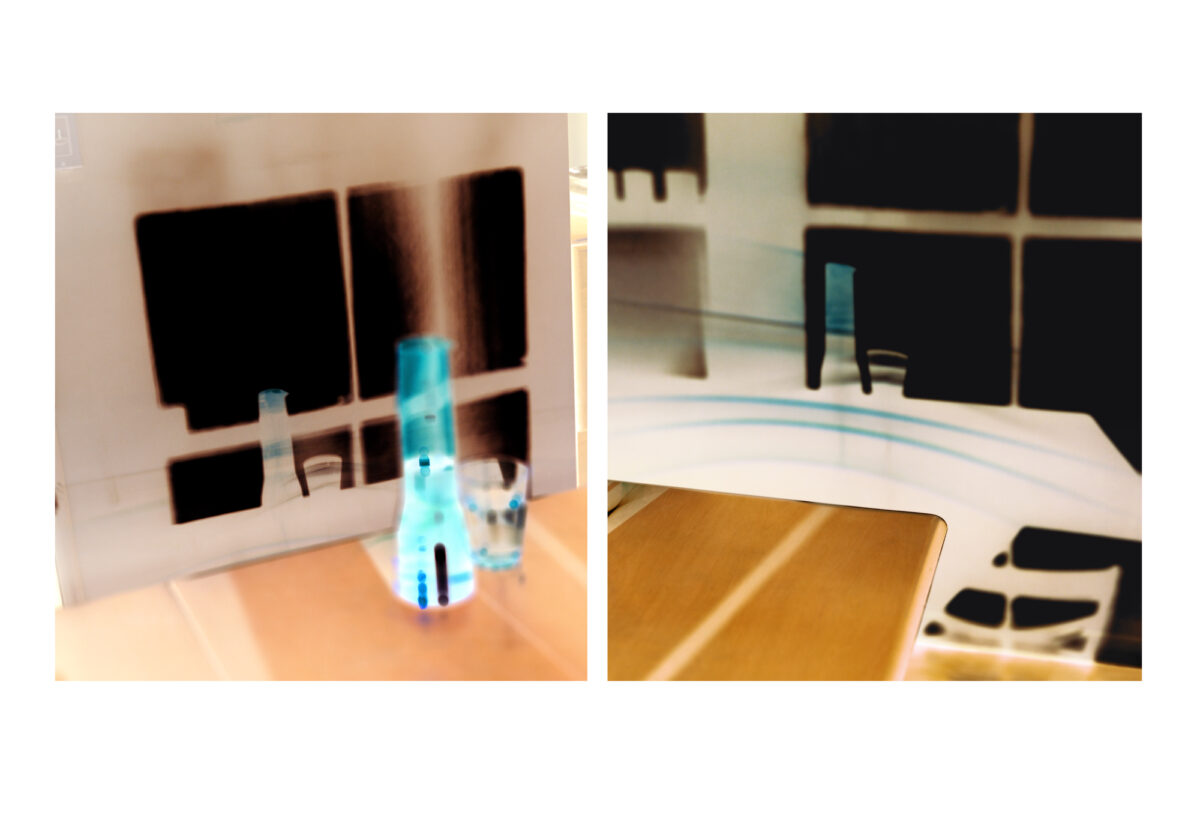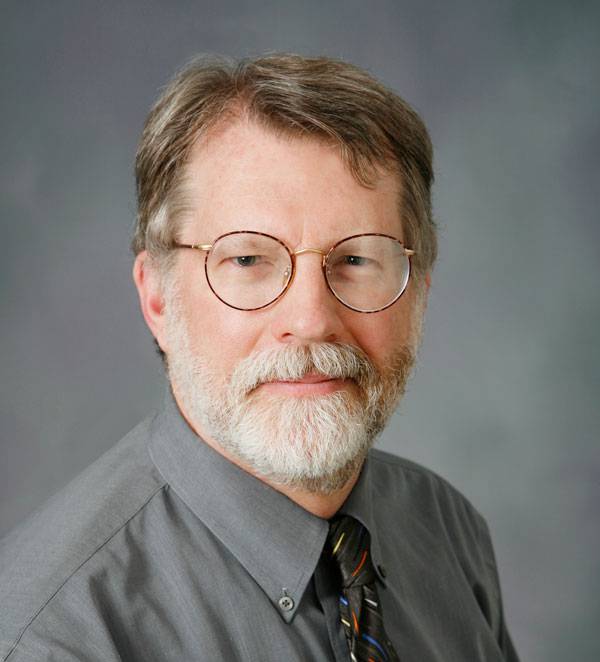

Photo courtesy the Nelson-Atkins Museum of Art
Well before the photography market exploded, and before corporations were investing in the medium, Hallmark, the greeting-card company, began collecting photographs. In 1964, the firm’s vice president, David Strout, acquired 140 prints by Harry Callahan, and by 1979, the company had 650 photographs by 34 artists in its budding collection. Then Keith F. Davis came on board as curator and, as he likes to say, he added a zero to that number.
Between 1979 and 2005, Davis built the collection to 6,500 photographs by some 900 artists, spanning the history of American photography. In 2005, the Hallmark Photography Collection was acquired by the Nelson-Atkins Museum in Kansas City, Hallmark’s headquarters, and Davis became the museum’s founding curator of photography.
Growing up in Connecticut, Davis was an avid high school photographer, but it wasn’t until he attended college in New Jersey that he began making regular trips to New York museums and galleries. “That was the real beginning of my education in photography,” he says. “I saw all the shows John Szarkowski did at MoMA – they were enormously influential. Light Gallery was new; I went to the Witkin Gallery. You’d go to these little events and spot Ansel Adams across the room.”
After transferring to Southern Illinois University at Carbondale to study photography (his senior thesis was on Charles Sheeler), he attended graduate school at the University of New Mexico in Albuquerque, studying with Beaumont Newhall, Van Deren Coke, and Thomas Barrow. After an internship at the George Eastman House, he went to Kansas City for what was supposed to be a six-month position cataloguing the Hallmark collection. The firm created the position of curator for him, and he stayed for over 30 years. “My goal was to build a genuinely special American collection,” he says, “one with breadth and depth that could tell a fresh story.”
Davis decided to focus on adding daguerreotypes to the collection in 1995. “The timing of that decision was good, because prices were fair, and the opportunities were there,” says Davis. There are now some 1,000 daguerreotypes in the collection. “Daguerreotype collectors and dealers are a world apart from the photography market,” adds Davis. “It was like an entire continent that hadn’t been explored. It was very exciting.”
When the Hallmark collection went to the Nelson-Atkins in 2005, the museum had just over 1,000 photographs in its collection, so the bulk of its photography holdings came from the acquisition. As the curator who built that collection, Davis has continued to assemble shows that draw from its extensive holdings, including Developing Greatness: Origins of American Photography and, more recently, The Photographs of Ray K. Metzker (a version of which is on view at the J. Paul Getty Museum through February 24).
Having been in the business for more than 35 years, Davis is as willing as ever to
go where the pictures are. “I never expected great things to fall on my desk,” he says. “I’ve always been willing to jump on an airplane and see things, to make things happen.”

